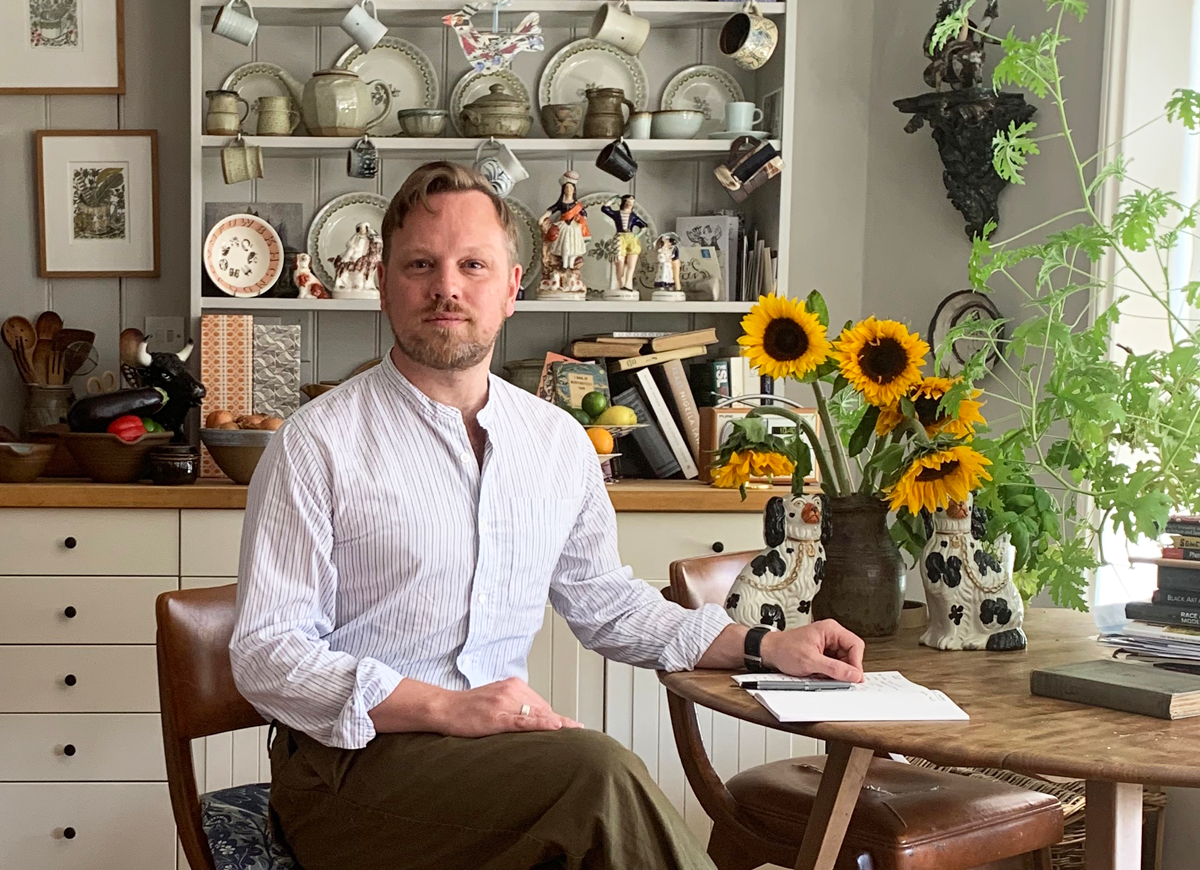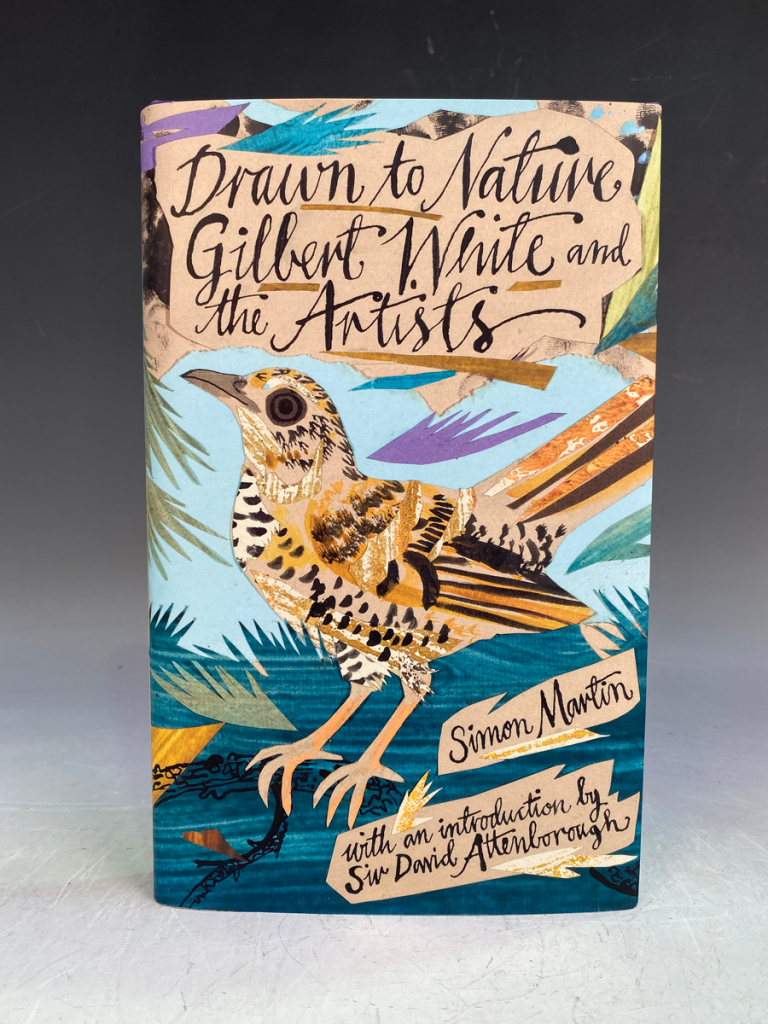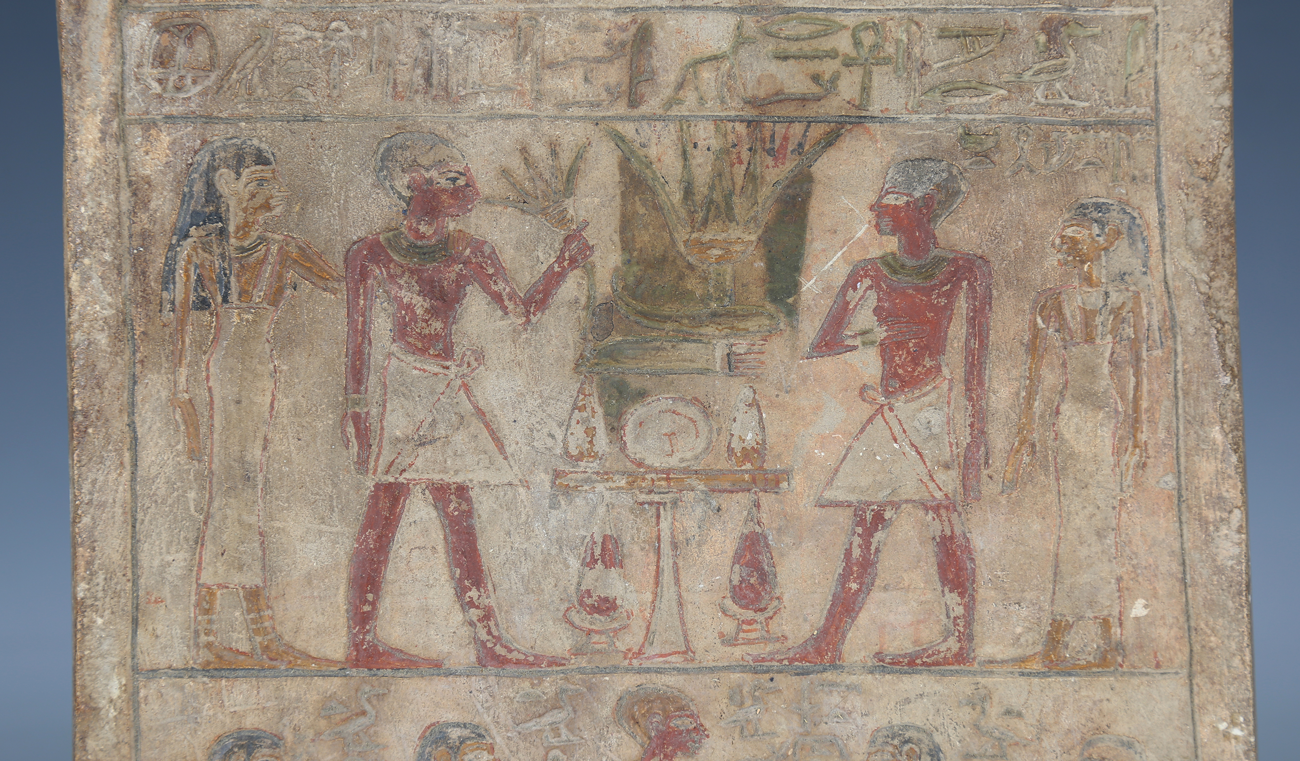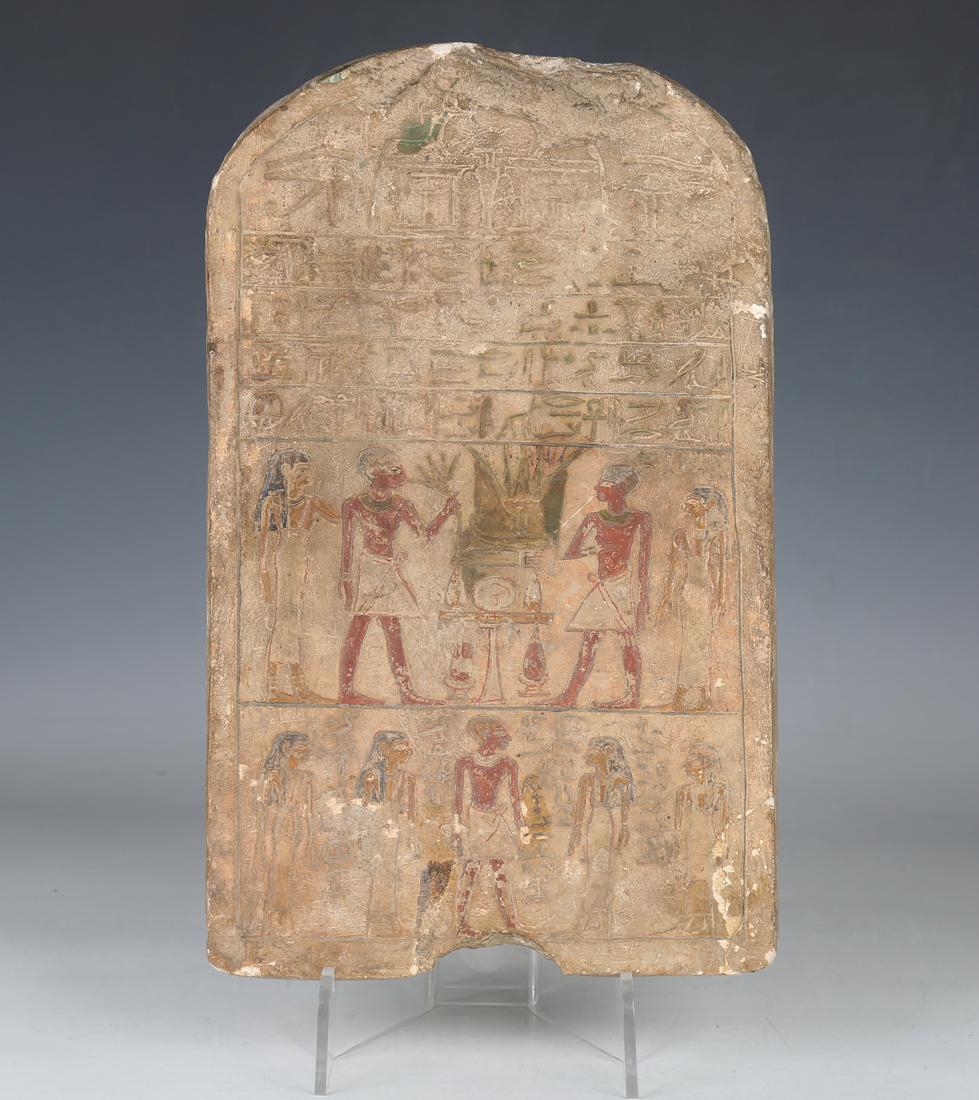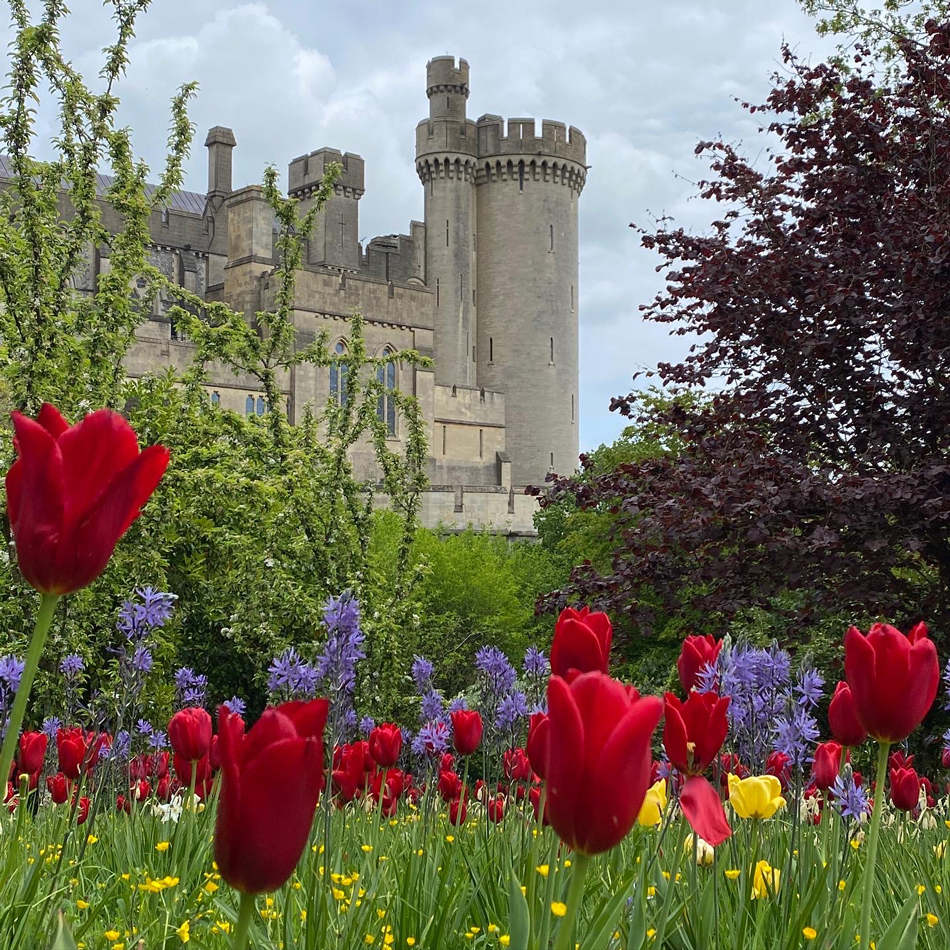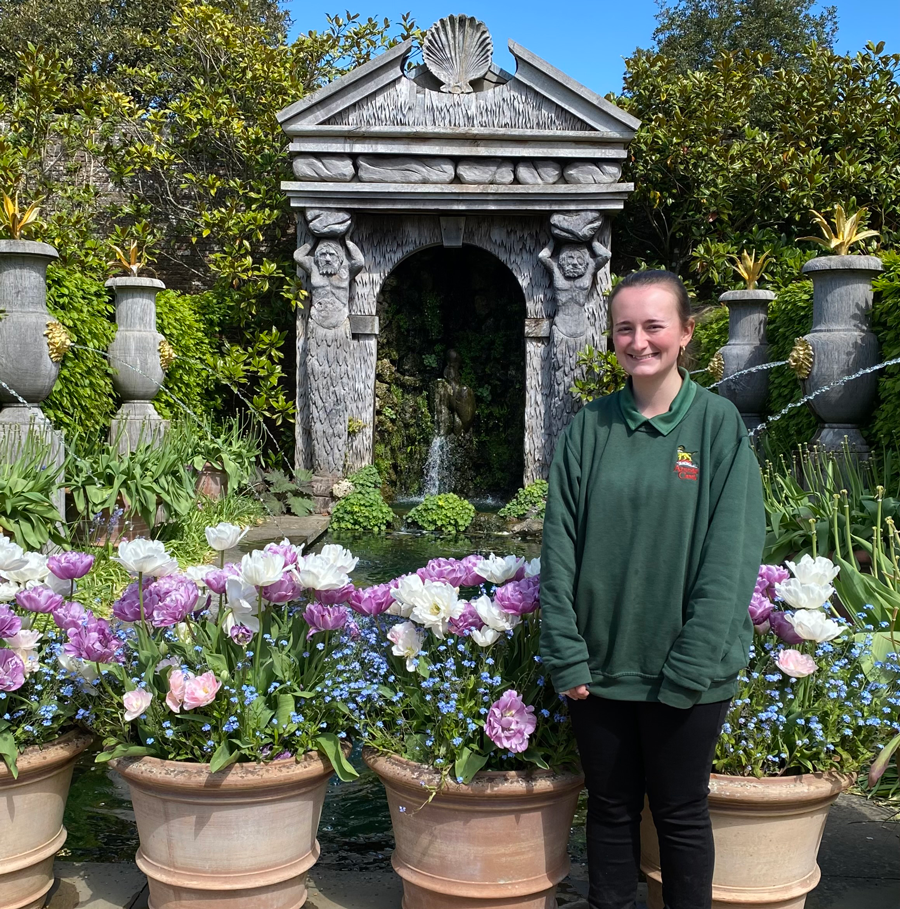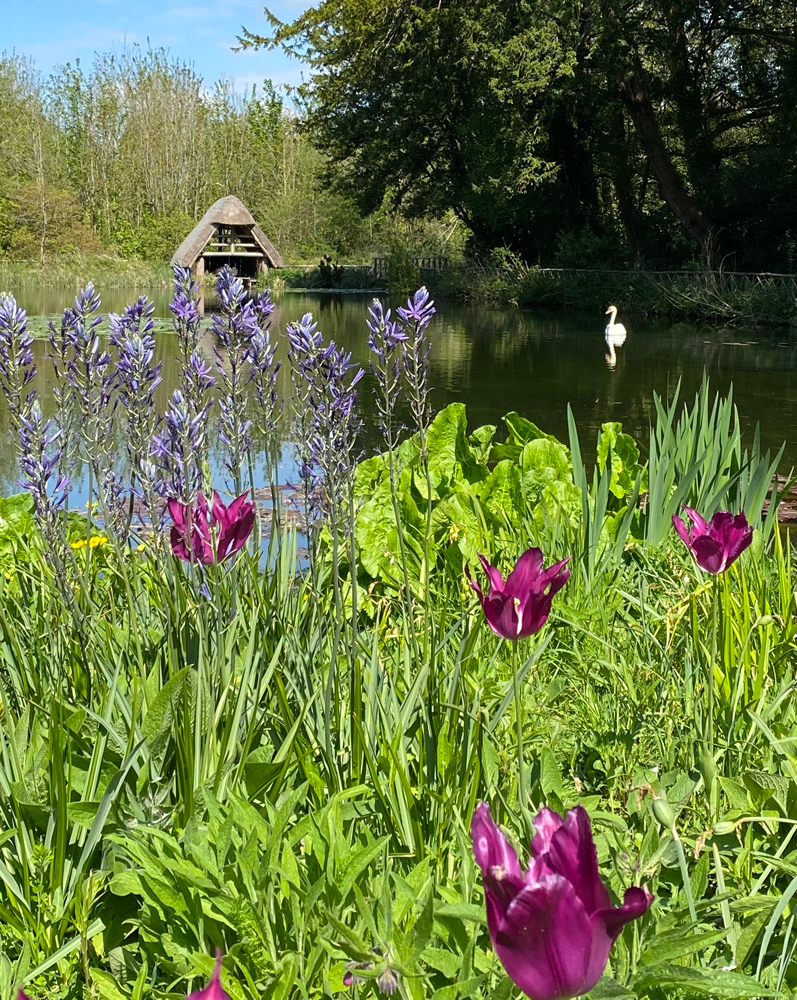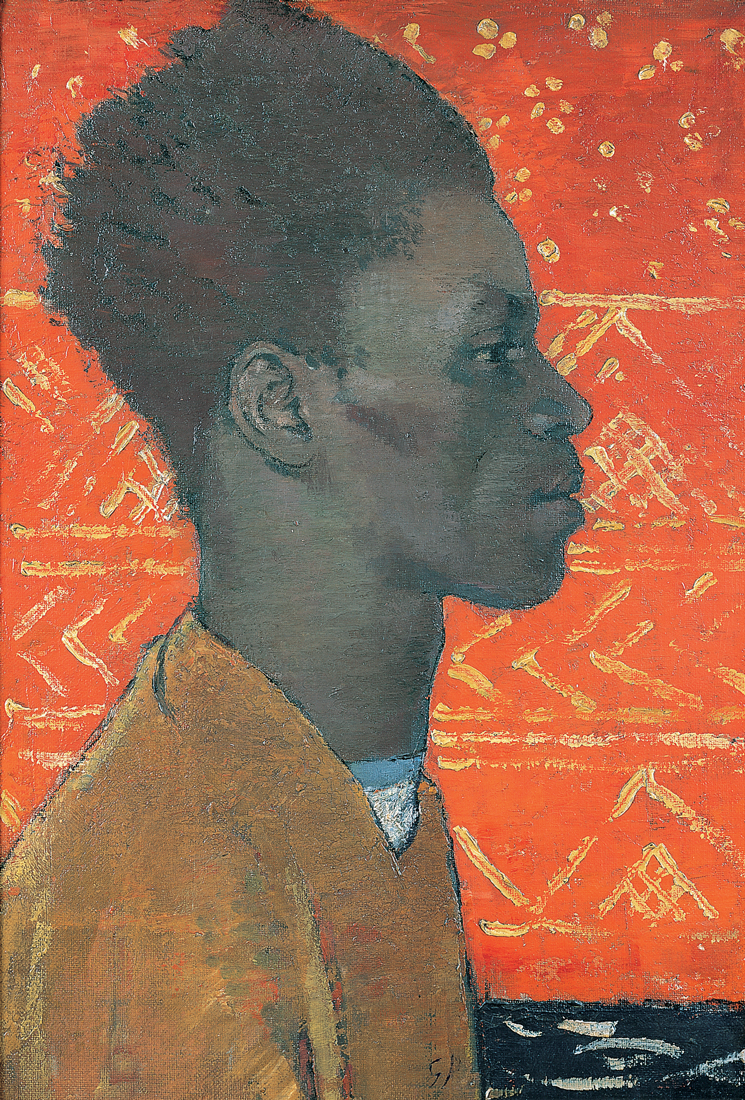
Pallant House Gallery’s summer show Glyn Philpot: Flesh and Spirit is the first major survey of this artist’s work in almost 40 years. It explores questions of human identity and society in a series of more than 130 works from private and public collections.
Acrobats, working class and society figures hang alongside portraits of young black men in this rewarding and complex exhibition.
I meet up with Pallant House Gallery Director, Simon Martin, who has curated the exhibition. I comment on how Glyn Philpot RA (1884–1937) so often lights his subjects in a dramatic way reminiscent of the Spanish Old Master painter Diego Velazquez.
Simon replies “Unusually there is a tremendous shift from incredibly traditional painting at the beginning which is very much inspired by the Old Masters through to a shift in about 1930 to a much more radical modernist style of work. All these different tensions – his interest in religion, he was a Catholic with a deeply held Catholic faith, but also classical mythology, and queer identity. You might see all of these things as being in tension but actually he seemed to find a way to sometimes express these different things in the same work which is fascinating. And the interplay between society figures like Loelia, Duchess of Westminster, but also working class models as well…fascinating contrasts really.”
Philpot’s personal passions – the male body and portraits of black men are central to this reappraisal of an artist who had fallen from view.
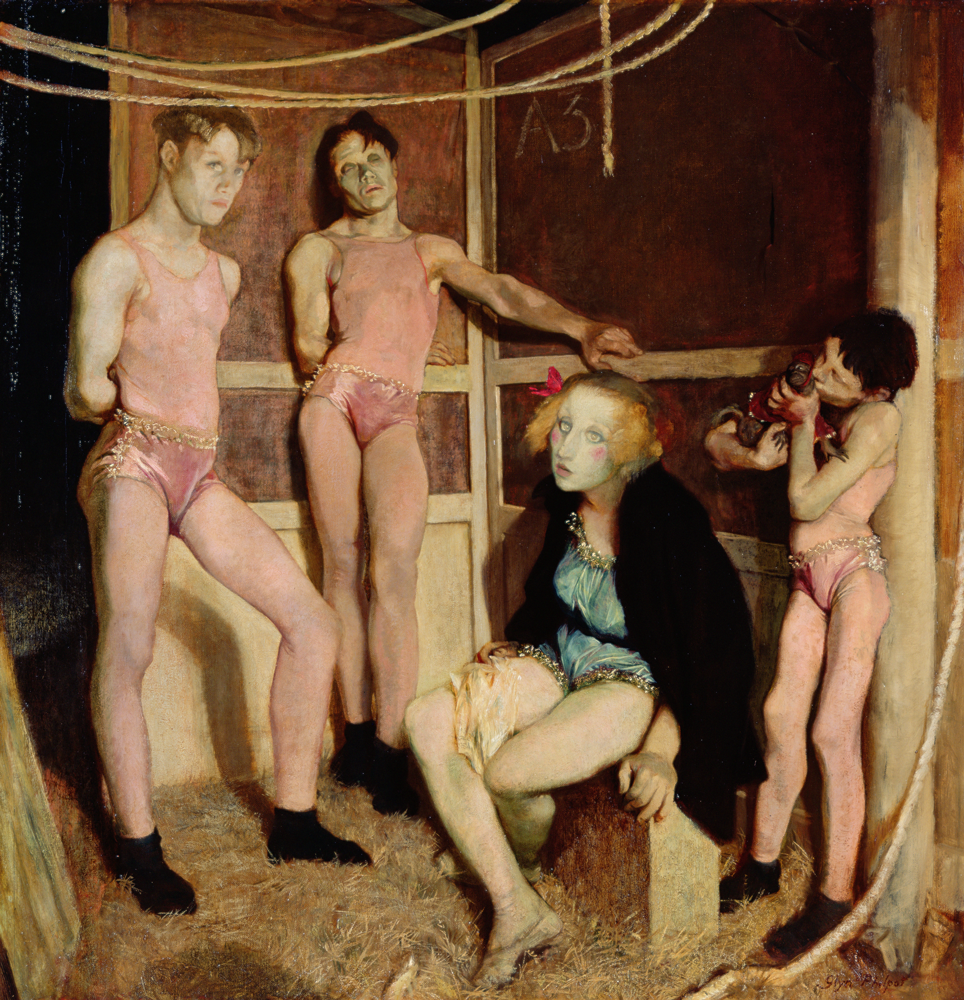
These themes are keenly expressed in the dramatic portrait of Henry Thomas, and the earlier Resting Acrobats. Both paintings provide sharp windows into his sitters. The nobility of Thomas, an extraordinary depiction for its time, is in contrast to the weary, resigned expressions of the acrobats once the veneer of the stage has been removed.
Simon explains how Philpot’s formal training in London and Paris underpins his work “He had this very accomplished way of working so when he actually changed to a much more modern style…underpinning that was this incredible draughtsmanship. These things are rooted in his ability to capture expression in the figure. He was fundamentally a figurative painter. Almost every single picture is based around the figure in some way. The themes in his work are increasingly relevant today I think in terms of identity.”
This rewarding and complex exhibition provides an eloquent rediscovery of the work of Glyn Philpot with a ravishing array of work and runs at Pallant House Gallery until 23rd October.
